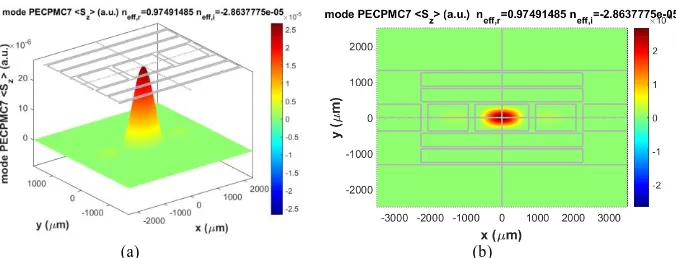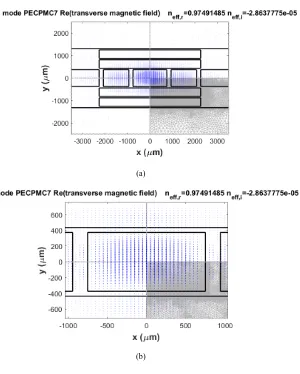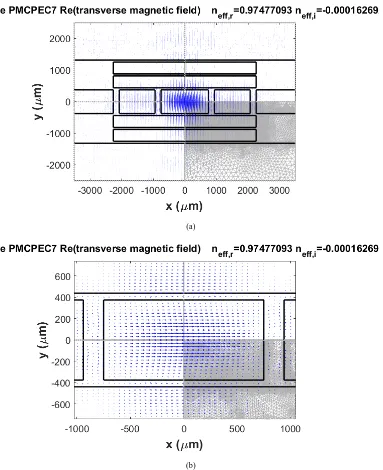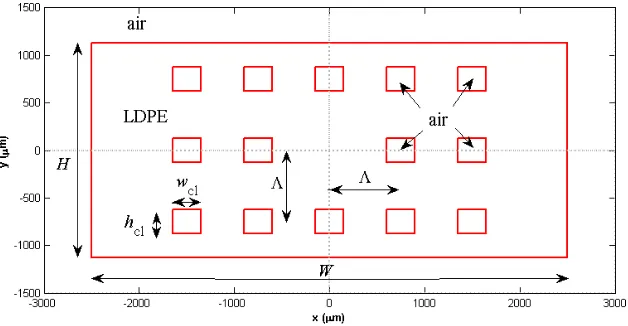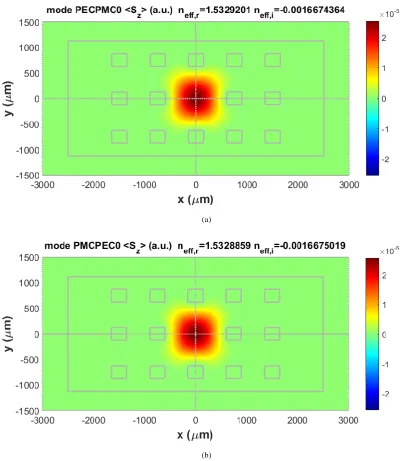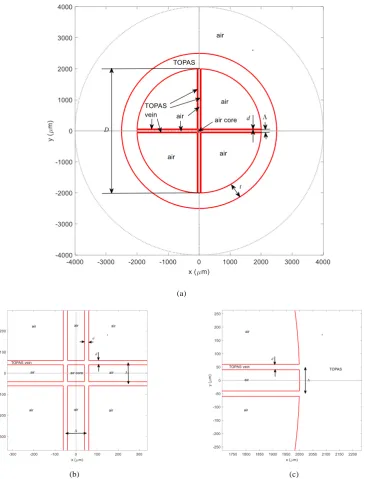Low-loss ARROW waveguide with rectangular hollow core and rectangular low-density polyethylene/air reflectors for terahertz waves
Full text
Figure
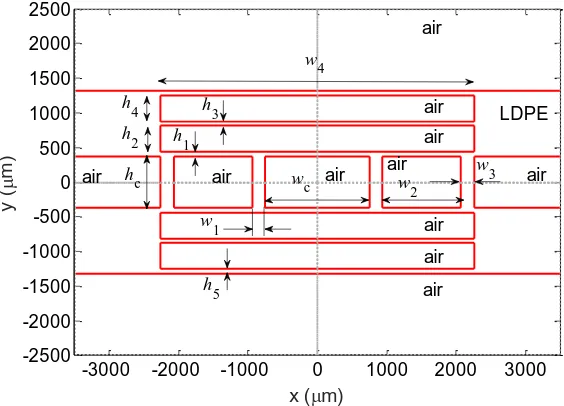
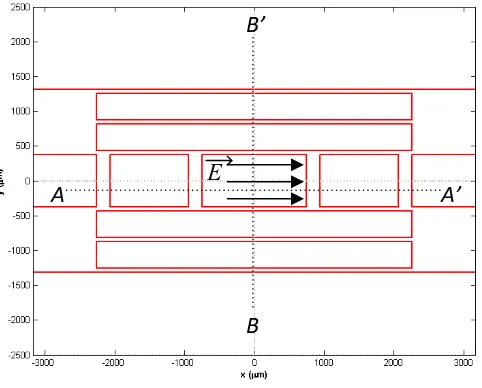
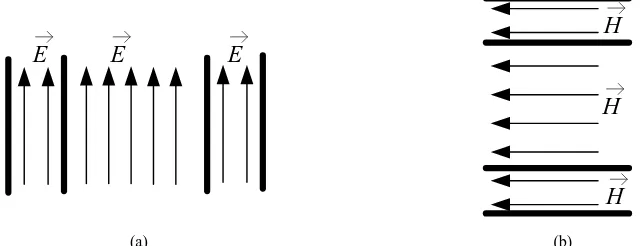

Related documents
Next, latent conditions found on biodiesel plants are presented according to the following classification: unsafe supervision, organizational influences and process design..
Table 61: Statistical data and critical travel rate percentiles of all, unflagged, and flagged observations along Route 2 WB over all temporal intervals.. Minimal variation
And These composite polymers can be produced by phase change printing layer-by-layer, while the sensing systems including the piezoelectric materials for the sensor element
Dimorphic development in Streblospio benedicti genetic analysis of morphological differences between larval types CHRISTINA ZAKAS and MATTHEW V ROCKMAN* Department of Biology and Center
Microsoft Word LREC paper camera ready abl 3 docx Annotating High Level Structures of Short Stories and Personal Anecdotes Boyang Li1, Beth Cardier2, Tong Wang3, and Florian Metze4
Some buses in the city have to get to the outer edge to take the turn (U-turn) at ease also those riding in the hairpin roads. The trucks in the mine fields and similar
The basic idea of ABIST is to utilize accumulators for built-in testing (compression of the CUT responses, or generation of test patterns) and this results in low hardware
Figure 4.1 Comparison of annual A2-Ref surface temperature ( o C) for FVGCM relative to the IPCC AR4 AOGCMs and Ensemble
